Research Overview
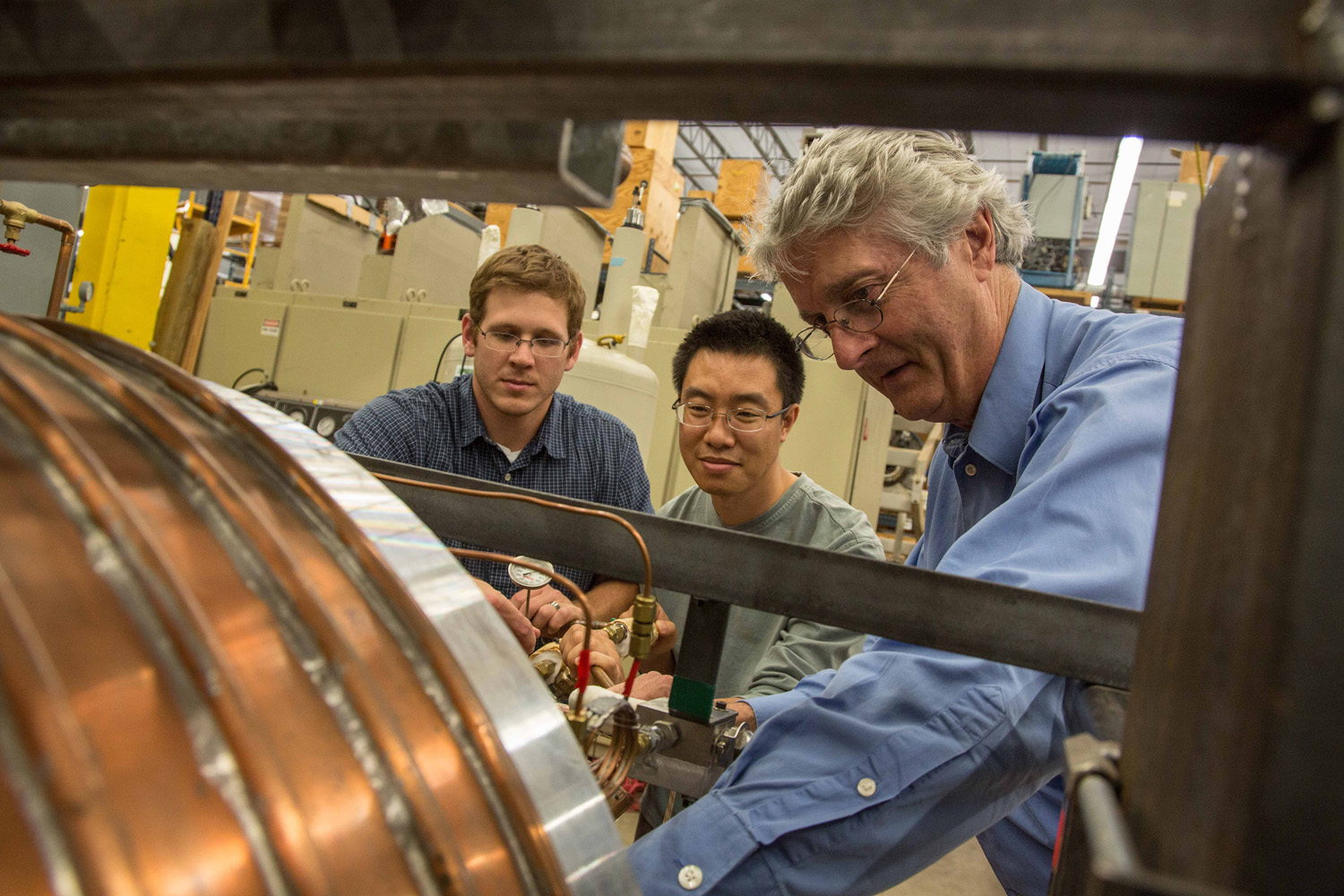
Physics and astronomy as disciplines cover a remarkable range of phenomena that we try to understand. Many of these are addressed by research going on in the Department of Physics and Astronomy: From understanding the smallest subatomic particles to measuring the expansion of the universe. From developing novel materials with exotic properties to new applications of ultra-short, extremely powerful laser pulses. The department houses cutting edge labs and research facilities. Our research groups collaborate extensively with other departments on campus, and with collaborators at many U.S. and international universities and labs.
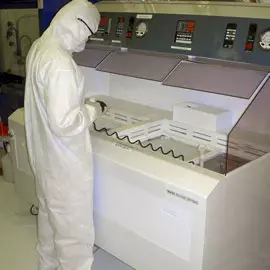
Applied Physics
There is a definite need in high-tech industries for graduates who fall in the gap between someone graduating with an engineering degree and a regular Physics Ph.D. Students in this category might work in R&D, process control, interdisciplinary fields (such as medical physics and biophysics), stockpile stewardship and nuclear forensics, or computational physics. While none of our faculty specifically identify themselves as applied physicists, many have projects which naturally fall into the niche this program fills and have graduated students from within this program. Specifically, there are opportunities in the fields of: condensed matter/solid state physics; atomic and molecular physics/quantum optics; detector R&D; nuclear physics; accelerator physics; and instrumentation in observational astronomy.
More about Applied Physics Faculty
Astronomy
The Astronomy Group has active research programs in the areas of Stellar Populations, Supernovae, Galaxy Evolution, Cosmology, and Astronomical Instrumentation. We use observations from a variety of telescopes to study individual stars in our own Milky Way as well as in nearby galaxies, to track how galaxies assemble over cosmic time, and to understand how the Universe evolves. We also explore the nature of dark matter by testing current theoretical models. Texas A&M is a founding member of the Giant Magellan Telescope consortium and is designing and building instruments for current telescopes and the GMT.
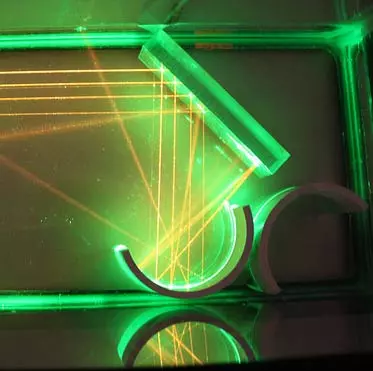
Atomic, Molecular, and Optical Physics
Atomic, molecular, and optical physics includes both fundamental and applied research on atoms, simple molecules, electrons and light, and their interactions. This work overlaps and enables many areas of science and engineering through the development of methods to manipulate and control light as well as neutral, and charged particles. Researchers also look for new ways to generate light as well as ways to generate new states of light, perform precision measurements, and seek new effects through theoretical studies of the interaction of matter and light.
More about Atomic, Molecular, and Optical Physics Faculty
Computational Physics
Computational physics encompasses the use of computers in physics research and education. Theoretical physics provides the mathematical framework to describe nature, but it is often very difficult to solve the resulting equations analytically. Modern high-speed computation has essentially provided what some call a third branch of physics, besides theory and experiment, to allow investigation of physical systems that are too complex for analytical treatment. In addition, modern experiments can lead to very large data sets that can only be dealt with through highly automated high speed processing and storing.

Condensed Matter Physics
Condensed Matter Physics focuses on understanding the diverse states of matter formed when a large number of atoms or constituent particles interact. This includes crystalline materials such as semiconductors, which are the basis of modern electronic devices, as well as liquid crystals and soft or biological matter, and other condensed states such as superconductivity and superfluidity. In many cases research in this area is also strongly interdisciplinary, connecting with materials science, nanotechnology, and engineering fields, and to multiple applications driving new technology.
More about Condensed Matter Physics Faculty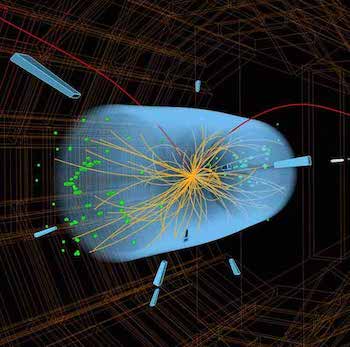
High-Energy Physics
High-energy physics encompasses the study of the fundamental particles and interactions between particles that make up our Universe. This includes dark matter and dark energy. The group at Texas A&M, housed within the Mitchell Institute for Fundamental Physics and Astronomy, consists of theory and experimental groups working on the cutting edge of these questions. Scientists work at the Large Hadron Collider (LHC) as well as on direct and indirect searches for the particles of dark matter with the Super CDMS, LUX and Fermi experiments. This also includes the design and construction of accelerators for use in creating particle collisions. On the other hand, some of our scientists work on the fundamental principles of string theory and gravity, as well as on the interface between cosmology, dark matter, models and phenomenology.
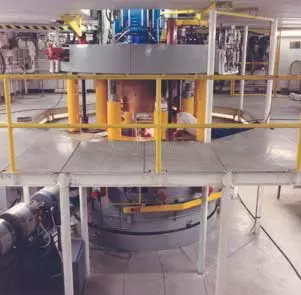
Nuclear Physics
Modern nuclear physics spans a broad range of topics and applications. It tries to answer fundamental questions about the origin of the universe and the fate of stars. At the same time it impacts every day life through applications in nuclear energy, nuclear medicine and nuclear security. Most of the nuclear science in the Department of Physics and Astronomy is conducted at the Cyclotron Institute and the Nuclear Solutions Institute in collaboration with colleagues from nuclear chemistry, nuclear engineering and other related fields. The Cyclotron Institute operates two cyclotron accelerators on campus which permit the experimental study of nuclear structure and nuclear astrophysics, and for precision measurements of fundamental symmetries. In addition, members of the nuclear physics group are involved in experiments at the Relativistic Heavy Ion Collider and other accelerator facilities around the world. A strong program in theoretical nuclear physics complements the experimental efforts.
More about Nuclear Physics Faculty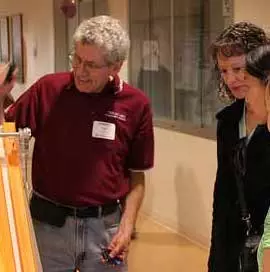
Physics Education
The Department of Physics and Astronomy is dedicated to excellence in teaching at both the undergraduate, and graduates levels. These efforts encompass the incorporation of new teaching methodologies, technology, and professional development to improve educational outcomes. Concurrent with improvements to the classroom is rigorous evaluation, using both established and new assessment techniques, to study and report on the effectiveness of our educational program. Current efforts focus on the development of additional assessment tools, application of established assessment and problem classification systems, and the development of additional supplemental resources, applied to our introductory service courses, primarily serving engineering majors.
